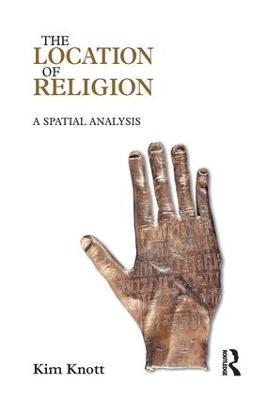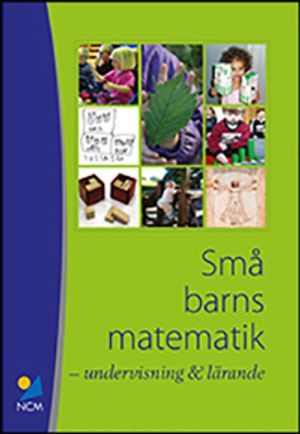

The location of religion : a spatial analysis of the left hand Upplaga 1
- Upplaga: 1a upplagan
- Utgiven: 2005
- ISBN: 9781844657490
- Sidor: 288 st
- Förlag: Equinox Pub
- Format: Häftad
- Språk: Engelska
Om boken
The secularization debate continues to dominate sociological studies of religion. Is it possible to locate religion in western secular society without being drawn into debates about its rise and fall? And, if so, then how can this be done? This book offers a new approach to the study of religion in the West based on a spatial analysis of religious-secular relations. It locates religion within the social, cultural, and physical spaces of the present using a method informed by contemporary spatial theory, particularly the work of Henri Lefebvre. In the first half of the book 'space' and 'religion' are opened up to one another. A spatial methodology is developed, and contemporary religion is reconceived within a field of religious, secular and post-secular religious relations. How various disciplines have contributed to a spatial study of religion is critically considered, and scholars writing on religion and space are shown to be inside rather than outside this field of relations. In the second half of the book the spatial approach is applied to a particular case, that of the left hand.Contemporary representations of this sinister but intimate 'other' are shown to embody a variety of values, traces of different religious traditions, alternative paths to salvation and self-realisation, and shifting positions on the impure, demonic, inauspicious and sacred. Consideration is then given to the future application of this spatial approach to the study of religion.
Åtkomstkoder och digitalt tilläggsmaterial garanteras inte med begagnade böcker
Mer om The location of religion : a spatial analysis of the left hand (2005)
2005 släpptes boken The location of religion : a spatial analysis of the left hand skriven av Kim Knott. Det är den 1a upplagan av kursboken. Den är skriven på engelska och består av 288 sidor. Förlaget bakom boken är Equinox Pub.
Köp boken The location of religion : a spatial analysis of the left hand på Studentapan och spara uppåt 52% jämfört med lägsta nypris hos bokhandeln.
Referera till The location of religion : a spatial analysis of the left hand (Upplaga 1)
Harvard
Knott, K. (2005). The location of religion : a spatial analysis of the left hand. 1:a uppl. Equinox Pub.
Oxford
Knott, Kim, The location of religion : a spatial analysis of the left hand, 1 uppl. (Equinox Pub, 2005).
APA
Knott, K. (2005). The location of religion : a spatial analysis of the left hand (1:a uppl.). Equinox Pub.
Vancouver
Knott K. The location of religion : a spatial analysis of the left hand. 1:a uppl. Equinox Pub; 2005.



















